- Established 1982 -HOME: www.hiltonpond.org
THIS WEEK at HILTON POND Subscribe for free to our award-winning nature newsletter (Back to Preceding Week; on to Next Week) |
All text, maps, charts & photos © Hilton Pond Center WINTER? YES. First, we offer an observation about weather, seasonality, and what we call False Spring: 13 March 2022. Morning low of 20.1° (Brrrrr!) In our book, 20.1° is NOT spring, so a tip of our caps to Hilton Pond Harry (the White-footed Mouse, Peromyscus leucopus, above) who--despite naysayers, recent 80° temperatures, and flowers budding out--correctly forecast this past Groundhog Day that winter was not yet over. Just do the math: 2 February + 6 weeks of winter = ~13 March and 20.1° Thanks, Harry, for the accurate warning. And now, let's get on with Real Spring at Hilton Pond Center!
All text, maps, charts & photos © Hilton Pond Center The calendar says Real Spring 2022 isn't officially here until 11:30 a.m. eastern time on 20 March. Nonetheless, Eastern Redbuds (Cercis canadensis, above, out back of the Center's old farmhouse with shiny evergreen Southern Magnolia leaves and naked tan-colored Trumpet Creeper stems) came into full flower this week, brightening late winter woods. This member of the Pea Family (Fabaceae, aka Leguminosae) is everywhere at the Center, the result of being a fast-maturing tree with huge numbers of pea pods containing seeds that germinate readily and carpet the landscape with sprouts. (We considerably enhanced our Eastern Redbud colony when--on several autumns in the 1980s--we brought in and spread multiple bags of redbud leaves and pods residents had painstakingly raked from lawns in downtown York.)
All text, maps, charts & photos © Hilton Pond Center We wouldn’t exactly call Eastern Redbuds "weed trees," but they certainly do propagate and grow where they please and in numbers we must control via frequent cutting--lest they overtake our walking trails and mist net lanes. We like 'em regardless, for their pink inflorescence (above) and because they're legumes that enrich the soil by adding nitrogen via bacteria living in their roots.
All text, maps, charts & photos © Hilton Pond Center The Center hosts numerous relatively big Eastern Redbud trees with trunks 8-10" in diameter and limbs that reach high in the subcanopy, but these 30-year-olds are nearing life's end. Some of their dead-standing peers have shed limbs and serve as feeding and possible nesting snags for woodpeckers (above), while a few have toppled to the forest floor. We let lie some for nature to recycle, others we salvage to feed the soapstone woodstove in the Center's old farmhouse. Surprisingly for a tree that grows so fast, the wood is dense and burns hot and long, keeping us toasty warm all winter as we take care of paperwork and computer tasks. All text, maps, charts & photos © Hilton Pond Center A CONTINUOUS STREAM OF LATE-SEASON PUFI We thought they were gone . . . but here they are again! After a big banding day on 5 March with 22 new Purple Finches (PUFI) those birds nearly disappeared; only a few remained to dine on sunflower seeds at Hilton Pond Center. Amazingly, on 11 March there was yet another unexpected influx and we banded another 22 PUFI, with three same-season recaptures. Just two of those birds were raspberry-colored adult males, the rest--save one—being brown immature individuals of undetermined sex.
All text, maps, charts & photos © Hilton Pond Center That one exception (above) was a Purple Finch with prominent gold and red rump and a gold wash to body feathers and face. This bird’s overall plumage traits (including tail feather shape) indicated it was an adult (after-second-year) and therefore definitely a female. It's not unheard of for older female Purple Finches to bear such red or gold wash, so one must be careful NOT to say any pinkish or golden PUFI are immature males. It’s even more likely otherwise-brown adult females will have a red or gold rump--coloring typically absent from young, all-brown PUFI of either gender. Close looks at birds at window feeders may reveal all these plumage characteristics. Always remember some of your brown Purple Finches are actually young males that resemble females.
All text, maps, charts & photos © Hilton Pond Center Here's an interesting finch factoid: When we captured a brown Purple Finch at 2:30 p.m. on 14 March, it meant EXACTLY HALF of 75,546 birds banded at Hilton Pond Center since 1982 have been the four “winter finches.” This includes 12,236 American Goldfinches (AMGO), 11,371 House Finches (HOFI), 9,547 Purple Finches, and 4,619 Pine Siskins (PISI). All four species are visible in our file photo above from 2005. NOTE: PUFI and PISI occur in the Carolina Piedmont only in winter, and not every year. No siskins showed up at Hilton Pond in the current winter after a blockbuster irruption in 2020-21, but we ARE having a surprisingly productive few months with PUFI. AMGO breed at the Center or nearby in relatively low numbers; the vast majority of local goldfinch bandings are migrants from elsewhere. And these days HOFI at our feeders apparently are year-round local residents—much different from the 1980s and early 1990s when nearly all were migrants from northeasterly populations.
All text, maps, charts & photos © Hilton Pond Center The bewildering Purple Finch saga continued through mid-March at Hilton Pond Center, with new ones pouring in daily. (Typically, PUFI are departing in March rather than arriving.) We had 25 PUFI bandings on the 15th and five same-season recaptures--our biggest "flock" of the winter. So that's 128 Purple Finches banded just this month through the 17th, with 210 since the first of the year. (Incidentally, we also captured ten new American Goldfinches on 15 March, so they're not gone yet, either. Most of these are already molting into breeding plumage--second-year male, above--and look a little "calico.") All text, maps, charts & photos © Hilton Pond Center LOTSA RAIN AND A RIPARIAN SURPRISE Unusually intense and repeated precipitation brought Hilton Pond to the brim this week, relieving our anxiety the impoundment might not to be at full pond to start the spring season. (Beginning in June, heat-driven evaporation causes water levels to drop throughout the summer, sometimes to alarmingly low levels.) Rains truly were substantial. A monster rain period totaling 3.45" came down during 8-9 March, followed by 1.41" two days later and another 2.07" on the 16th. That's 6.93"! It had been so dry the first deluge soaked right into thirsty soil, but the other two downpours were all run-off, turning the pond a rusty-brown while raising the water level. After such big rains cease we always walk down to the dam to check the spillway and weren't surprised this time around to find water flowing above rim. Fortunately there wasn't quite enough force to send small fish over the edge--an unwelcome event we've seen after huge thunderbusters a few times through the years.
All text, maps, charts & photos © Hilton Pond Center Overflow from the Hilton Pond spillway feeds a small 100-yard-long stream that, in turn, runs into another much larger impoundment partly on Center property. (We call the lower one "Nothilton Pond.") We checked out this pond's status after the big rains and found there was so much water the lower pond was also completely full. This created a wide slough (above, with dam forming Hilton Pond in the background) where the narrow feeder stream usually flows.
All text, maps, charts & photos © Hilton Pond Center Then, on the water's edge along a little peninsula jutting into the slough, we found some very unexpected artifacts: Several 2-3' yellowish-white branches whose bark had been stripped clean. Without question we knew what this evidence meant: An American Beaver, Castor canadensis, was on the loose at Hilton Pond Center. To our knowledge the Center has hosted beaver only twice since 1982, most recently about ten years ago when a yearling came in and chopped down a Sweetgum tree on the pond margin before disappearing shortly thereafter. (That was about the same time a pair of River Otters showed up temporarily, and it's possibly those ravenous carnivores had the young beaver for lunch.) A week ago--before we discovered the gnawed sticks in our photo--we were out trail-walking and heard a loud slap on the water on the lower pond, leading us to suspect even then there was a new beaver in town. We have no problem with a beaver showing up, just as long as it doesn't start gnawing down all our trees. There's probably more to this story--especially now that Hilton Pond is full to the brim and a more hospitable beaver habitat. We set up a new trail cam in the beaver's territory, so stay tuned. All text, maps, charts & photos © Hilton Pond Center YET ANOTHER OLD ONE, THIS TIME REALLY OLD Since New Year's Day 2022 at Hilton Pond Center we've recaptured an unusually large number of unusually old birds from several species. Just last week we caught a 6th-year Brown-headed Nuthatch, plus an after-9th-year male Mourning Dove that has eluded dove hunters since he was banded in 2015. Both set new local longevity records for their respective species, as did a female White-throated Sparrow banded in 2016 and recaptured last month as an 8th-year bird. Same was true of an American Goldfinch re-trapped as a 9th-year male in mid-February, having been first captured in 2015. And did we mention the 9th-year female Brown Thrasher banded in 2014 and recaptured this past January.
All text, maps, charts & photos © Hilton Pond Center Just this week we again captured some noteworthy but relatively young individuals, including a 4th-year Pine Warbler (banded 2019), an after-4th-year Song Sparrow (2019), and an after-5th-year White-throated Sparrow (2018). But the REAL Methuselah-bird was a male Northern Cardinal banded on 9 September 2012 that is now in his 11th year--officially the oldest bird we've recorded in 41 years of study at Hilton Pond Center! Documenting the longevity (and site fidelity) of this ancient redbird--and of all the other "old-timers" mentioned above--is among the most rewarding and important aspects of bird banding. Such data can't be gleaned from eBird or in any other way than placing a band on a bird's leg and recapturing it in later years. All text, maps, charts & photos © Hilton Pond Center THE HUMMERS ARE COMING! Traditionally, Hilton Pond Center advises folks in our region to celebrate St. Patrick's Day by putting up a hummingbird feeder filled with fresh artificial nectar mix. Why that date?
All text, maps, charts & photos © Hilton Pond Center In the past we've seen the season's first Ruby-throated Hummingbird in five different years on 26 or 27 March, so having a feeder up ten days in advance means we probably won't miss any "early birds." If you wait until April Fool's Day (1 Apr) in the Carolinas you may be too late, and you wouldn't want your neighbors to get bragging rights for having the first hummer of the year! (NOTE: Folks further north can wait a little later. See our migration map below.) All text, maps, charts & photos © Hilton Pond Center So dust off that feeder, load it with 4:1 water:cane sugar solution, and hang it where you can watch. (Don't use any food coloring, either red OR Irish green!) No need to fill the feeder all the way right now, but change out the mix after a week so newcomers have fresh food. (In hot weather replace the mix every third or fourth day.) For lots of info about hummingbirds, check out our sister site for Operation RubyThroat: The Hummingbird Project. It includes sections about hummer biology and how to attract these energetic little birds to your yard. All text, maps, charts & photos © Hilton Pond Center HILTON POND SUNSETS "Never trust a person too lazy to get up for sunrise
All text, maps, charts & photos © Hilton Pond Center Sunset over Hilton Pond, 17 March 2022 We'd been waiting all week for an evening photo to honor favorite blonde niece Elizabeth Ann Saunders and Tyler Chastain, who entered into matrimony on 12 March. We finally got one on St. Patrick's Day. This one's for you, Liz and Tyler, as you begin your life-long journey as one. Don't forget to watch the sunsets--together! Don't forget to scroll down for lists of Hilton Pond supporters and of all birds banded and recaptured during the period. Photoshop image post-processing for this page employs |
|---|
|
"This Week at Hilton Pond" is written and photographed by Dr. Bill Hilton Jr., executive director of Hilton Pond Center for Piedmont Natural History
|
|
|
Please refer "This Week at Hilton Pond" to others by clicking on this button: |
|

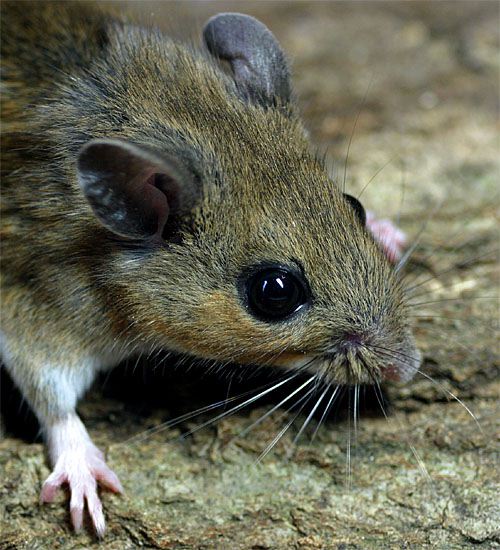

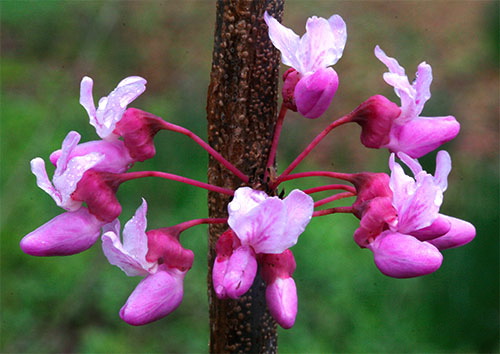


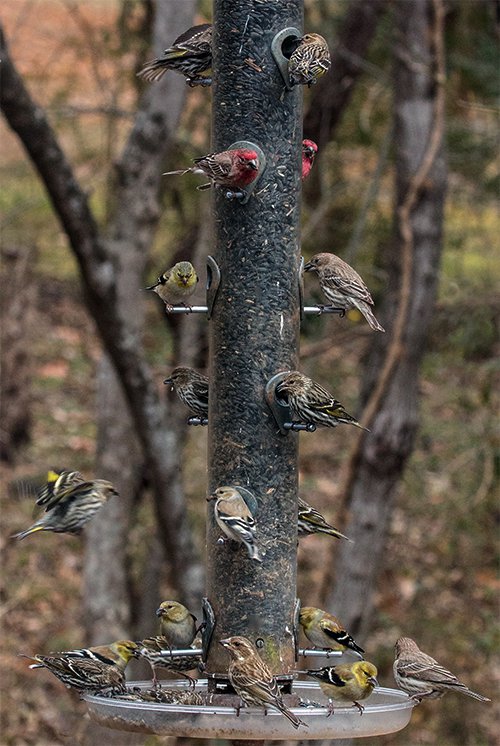
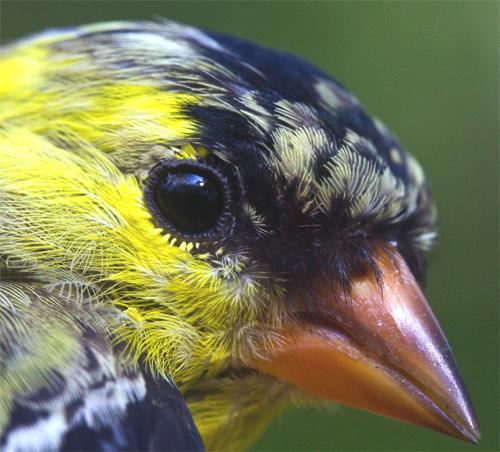


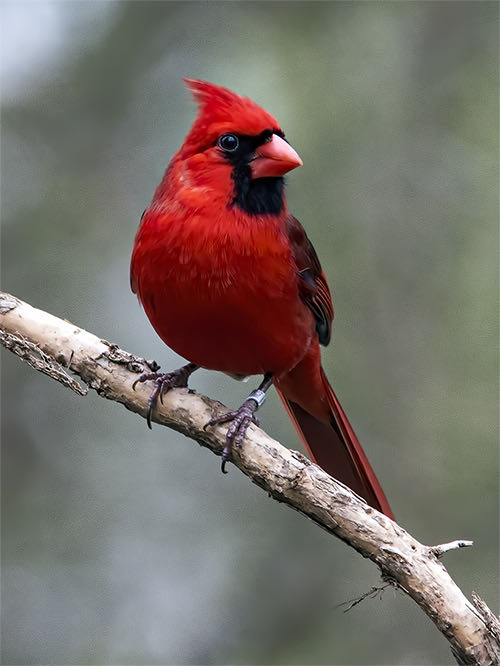
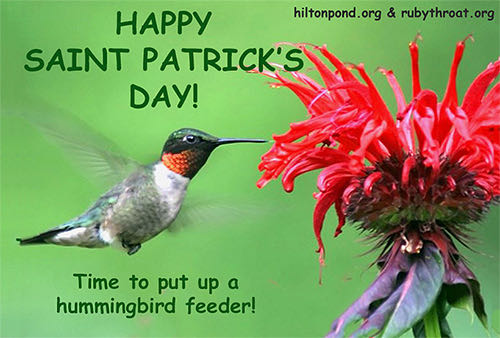
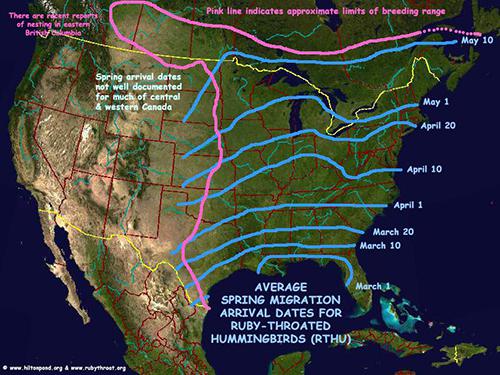










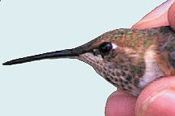 Oct 15 to Mar 15:
Oct 15 to Mar 15: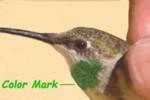 Please report your
Please report your